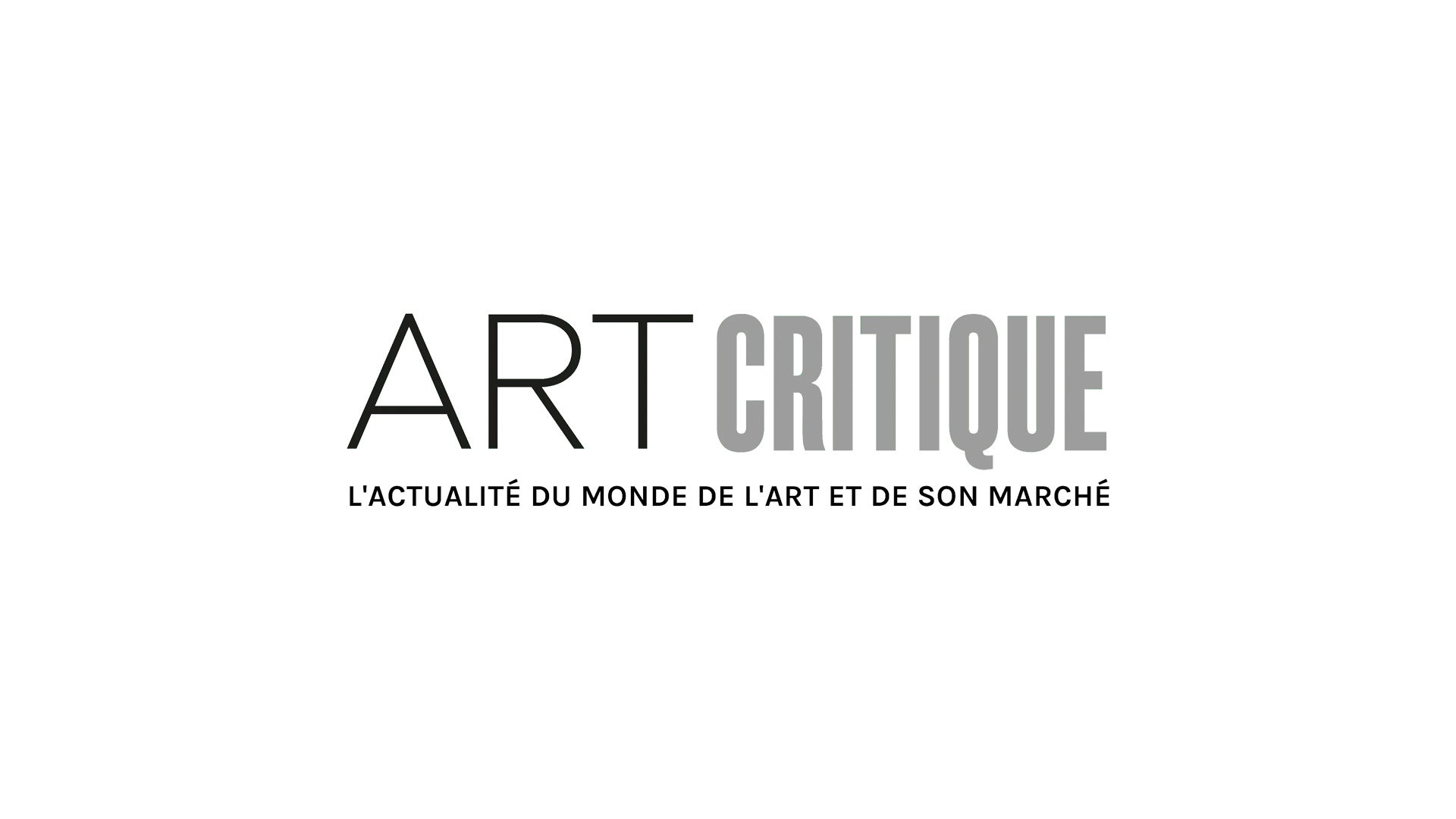During the Picasso in the eye of Willy Rizzo exhibit at the Willy Rizzo Study which runs until January 12, 2019 the public will get the opportunity to discover over 40 photographs, often unedited but always fascinating, from the great master of photography Willy Rizzo. An interview with Dominique Rizzo introduces us to this exhibit which is far from ordinary.
Why this exhibit?
Dominique Rizzo : Picasso and his work are still widely discussed and because of that people have formed an impression of him as well as through historical accounts or personal stories from his different partners. But I wanted to show another side of him, in his family life and his respect for his children and his partner at the time, Francoise Gilot. I wanted him to be thought of as a complete person. Besides, in some photographs, he remains very appealing, with his cigarette and wearing a rather charming and sophisticated outfit.

Selecting photographs must have been very difficult
DR : We chose 36 photos for the exhibit but, obviously, we have hundreds. There were as many in colour as there were in black and white because Willy Rizzo needed colour to really capture Picasso and his personality.
What can we learn about Picasso from these shots?
DR : He was a very intense man, with a very powerful look, a lot of charm and appeal but he was also a family man who really loved his children and was very devoted to his partner. Those were my impressions, but maybe collectors will see something else through these photos. Everybody imagines and sees what they want. That’s what Willy Rizzo wanted to show, the perspective through which he saw Pablo Picasso. It’s wonderful that we now have a more human view of Picasso and not just the memory of the paintings from his cubist or blue periods. These photos are based on the man himself and from them we begin to understand his approach. We learn a lot from his expression, his half-smile, his way of carrying himself and his relationship with his partner. We see a certain youthfulness. Artists are ageless. When they have a desire to create something or to express themselves they can’t be stopped. Picasso and Rizzo, by the way, continued working together right up until the end.

Conversely, what do these images reveal about Willy Rizzo’s work?
DR : He didn’t consider photography as work. To him it was a form of self-expression, a need to capture an expression and an attitude that seemed summarize a person. He had this sensitivity for understanding people and empathizing with them. He wanted to capture the fleeting nature and the personality of his subject. They’re almost like photographic summaries.
How did Willy Rizzo and Picasso meet?
DR : They met through Willy’s work in the press. Willy Rizzo was already very well known and he worked a lot for magazines like Paris Match. He had a desire to shoot colour photographs of Picasso and there was a certain mutual interest between him and Pablo. After a few discussions between them they decided to work together.

Did Picasso suggest the poses or did Willy Rizzo force them on him?
DR : It was Willy who decided. Picasso himself decided what he wanted in his paintings. But in this case it was Willy who knew the perspective he wanted to give to his photos. It’s the person behind the camera who knows what’s happening, not the person in front of it. There were a few clashes during the meetings because Willy was very demanding and he only did whatever he wanted. But in the end, Pablo trusted Willy enough to give him the poses he wanted.

Tell us about the famous anecdote with the slates
DR : Willy was rather upset. In his work he was quite clever and he came up with the idea of using slates to express the concept of the ephemeral. He asked his assistant to buy some slates and some fixative. There were about 12 slates in total. He then asked Picasso to draw on them, which he did. His assistant then applied some fixative on one of the slates. But Picasso flatly refused explaining that his gallery owner would have a problem with them and that he wouldn’t be able to give them to anybody. Nonetheless he offered Willy a base that, unfortunately, he broke. They worked together again after that and the misunderstanding was quickly forgotten.

We also see Picasso drawing on the sand
DR : Yes, it was along the same lines; to try to preserve an image of the artist, despite the ephemeral, of his actions and of what he could imagine in the sand even though it would all disappear with the first wave
Where did these different sessions take place?
DR : In Vallauris, Cannes and in California. Picasso was quite happy to continue with the project and the exhibit shows all the sessions that took place.

Have these images already been seen outside of this exhibit?
DR : Some have been published in Paris Match, others in books and the rest were in our archives. Paloma Picasso came to visit me three years ago to buy some of them. It’s wonderful that the public and collectors will be able to see them. They were made to be seen.
Willy Rizzo Studio, 12 rue de Verneuil, 75007 Paris.






